BP announced today that it had reached a ’significant milestone’ in its efforts to
permanently seal the leak at Deepwater Horizon. The company said its ’static kill’ procedure in the Gulf of Mexico had been successful, adding: "The well pressure is now being controlled by the hydrostatic pressure of the drilling mud, which is the desired outcome of the static kill procedure carried out yesterday (US Central time).
"Pumping of heavy drilling mud into the well from vessels on the surface began at 1500 CDT (2100 BST) on August 3, 2010 and was stopped after about eight hours of pumping. The well is now being monitored, per the agreed procedure, to ensure it remains static. Further pumping of mud may or may not be required depending on results observed during monitoring."
BP said it would continue to work with the National Incident Commander and other government officials to determine the next course of action, which involves assessing whether to inject cement in the well via the same route.
Meanwhile, White House energy adviser Carol Browner announced that only a quarter of the leaked oil posed any further danger to the environment. According to the BBC, Browner reported that the majority had either been captured, burned off, or evaporated.






















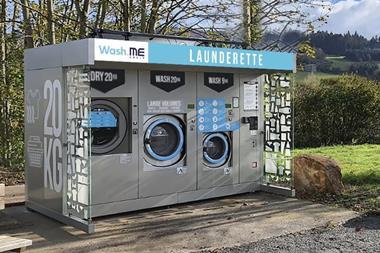

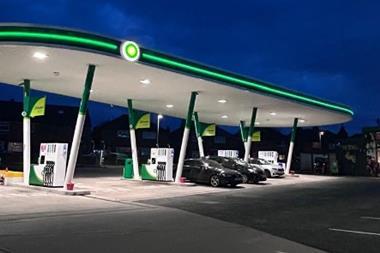
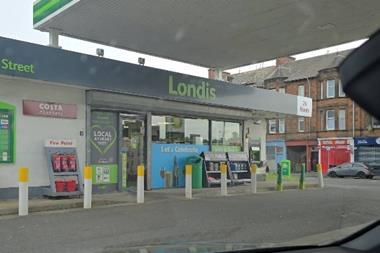
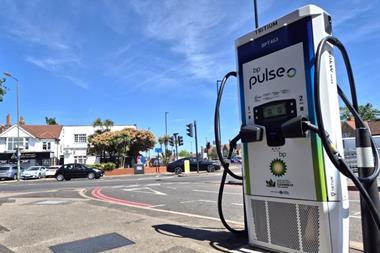
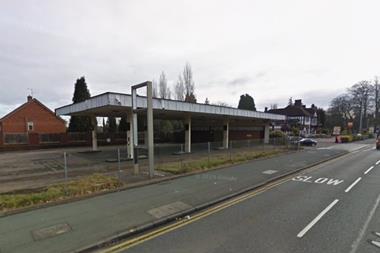
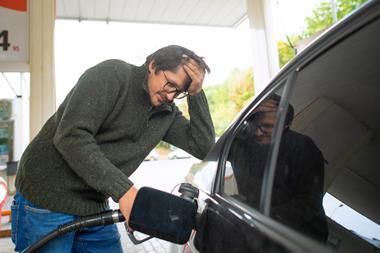

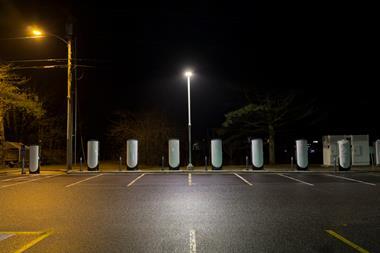
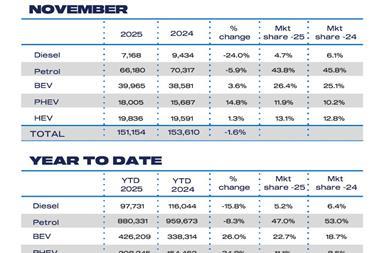

No comments yet